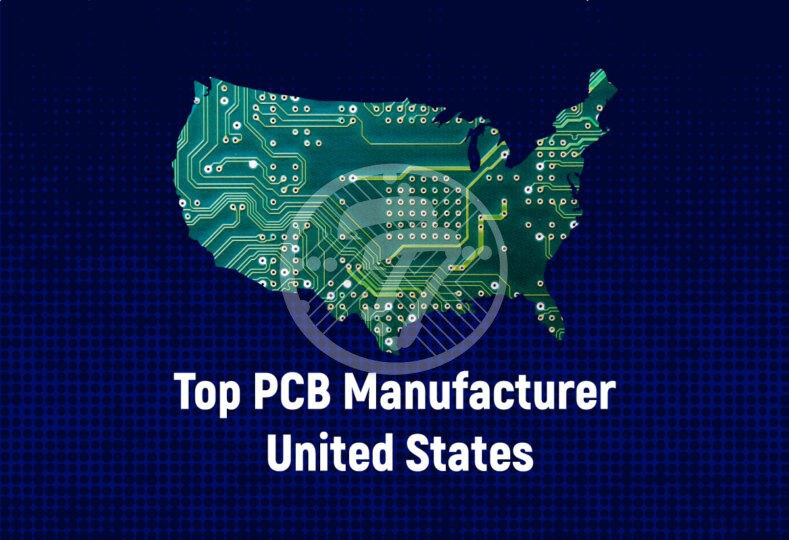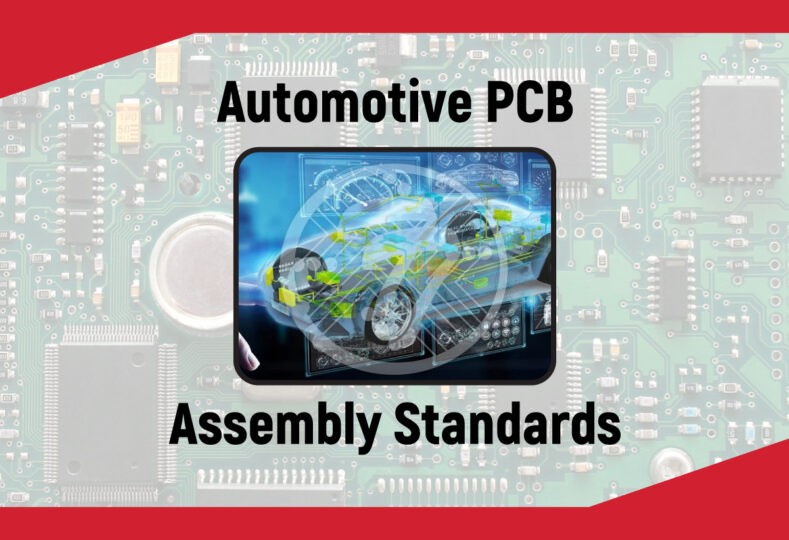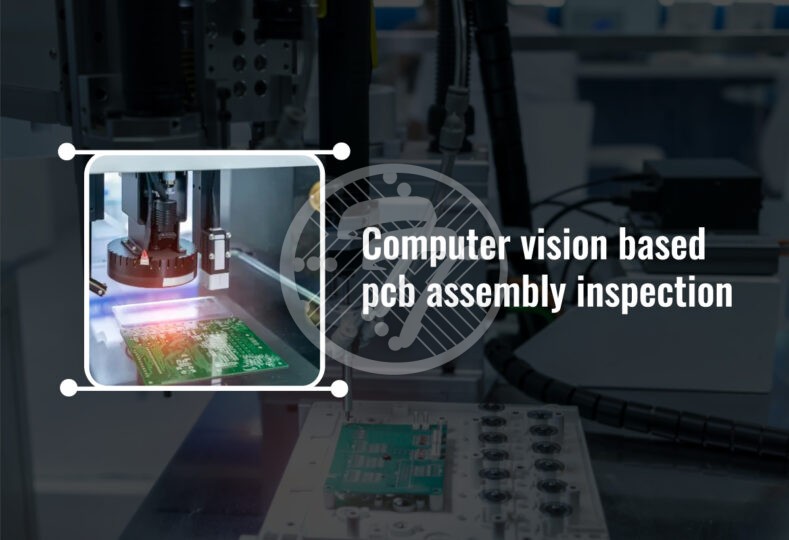Top PCB Manufacturers in the United States: Leading the Way in Quality, Innovation, and Reliability!

The United States is home to some of the world’s leading manufacturers of printed circuit boards and components,
supporting a broad range of industries including aerospace, automotive, medical, telecommunications, and consumer
electronics.
1. TechnoTronix
- Technotronix, based in Anaheim, California, is a trusted PCB manufacturer known for delivering high-quality circuit boards for a wide range of applications. From simple prototypes to complex multilayer boards, the company combines advanced manufacturing capabilities with expert engineering support. Serving industries such as Telecommunications, Medical, and Renewable Energy, Technotronix offers end-to-end solutions – including fabrication, testing, quality control, and supply chain support – to ensure reliable and efficient PCB manufacturing.
- PCB types:
- Single-sided PCBs
- Double-sided PCBs
- multi-layer PCBs
- Rigid
- Metalcore
- Flexible Rigid-Flex
- Contact: https://www.technotronix.us/contact-us.html
- Location: 1381 N Hundley St, Anaheim, CA 92806, United States
2. Jabil Circuit
- Jabil Circuit is a well-known PCB assembly manufacturer in California. With a significant presence in the USA and other countries, Jabil provides tailored solutions to automotive, consumer electronics, and healthcare companies. Their highly automated facilities and sustainability focus have earned them a solid reputation in the PCB assembly market.
- PCB types:
- Ultra-Thin
- Flexible, Rigid, and Rigid-Flex
- Cavity PCBA
- High-Current
- Specialized PCBA
- Contact: https://www.jabil.com/contact.html
- Location: 10560 Dr. Martin Luther King Jr. St. N. St. Petersburg, FL 33716, United
States.
3. Benchmark Electronics
- Benchmark Electronics provides high-precision PCB assembly using advanced SMT and inspection technologies. With a focus on complex, regulated products, the company ensures full component traceability and quality assurance to meet strict industry standards.
- PCB types:
- RF circuit design
- High-speed circuit design
- FPGA and ASIC design
- Digital signal processing
- Analog circuit design
- Mentor, cadence, and Altium tools
- Flex and rigid-flex PCBs
- PCB engineering, layer stack up
- Controlled impedance
- Fine pitch SMT and BGA
- Blind and buried vias
- Contact: https://www.bench.com/contact
- Location: 56 South Rockford Drive Tempe, AZ 85288, United States.
4. TTM Technologies
- TTM Technologies provides a comprehensive range of PCB components, including conventional printed circuit boards, high-density interconnect (HDI) boards, flexible and rigid-flex circuits, backplane assemblies, and substrate-like PCBs. The company also offers value-added services to support its customers, such as design-for-manufacturability consultations, stack-up reviews, and access to technical training through the TTM Tech Academy.
- PCB types:
- Conventional PCB
- High-Density Interconnect (HDI) PCB
- Flex/ Rigid-Flex PCB
- RF and Microwave PCB
- Substrate-Like (SLP) PCB
- Contact: https://www.ttm.com/en/contact-us-and-support
- Location: 200 East Sandpointe Ave. Suite 400. Santa Ana, CA 92707m, United States.
5. Sanmina Corporation
- From the in-house qualification of advanced laminate materials, signal integrity analysis, DFx and global manufacturing, Sanmina is the recognized leading manufacturer of advanced printed circuit boards. For both high speed and high reliability PCB fabrication, Sanmina will work with you to develop advanced PCBs with unique requirements.
- PCB types:
- high-density interconnect (HDI) PCBs
- Flexible PCBs
- Rigid-flex PCBs
- Contact: https://www.sanmina.com/contact/
- Location: 2700 North First Street, San Jose, CA 95134, United States.
6. Advanced Circuits
- Advanced Circuits, now operating under the name AdvancedPCB, is a leading US-based manufacturer of printed circuit boards (PCBs) and PCB assembly services. They are known for their quick-turn prototype and production capabilities, as well as their expertise in high-tech PCB manufacturing. AdvancedPCB has three state-of-the-art facilities located in Colorado, Arizona, and Minnesota.
- PCB types:
- Single Layer PCB
- Double Layer PCB
- Multi-Layer PCB
- High Density Interconnect (HDI) PCB
- High Frequency PCB
- Contact: https://www.sanmina.com/contact/
- Location: 21101 E. 32nd Pkwy. Aurora, CO 80011, United States.
7. Epec Engineered Technologies
- Epec Engineered Technologies delivers high-performance, time-critical PCB solutions with a strong focus on engineering excellence and manufacturing reliability. Trusted by over 5,000 OEMs and EMS providers across industries like automotive, medical, aerospace, and defense, Epec is a proven leader in the PCB industry.
- PCB types:
- HDI Printed Circuit Boards
- Quick-Turn Circuit Boards
- Microwave and RF Circuit Boards
- Contact: https://www.epectec.com/contact/
- Location: 176 Samuel Barnet Blvd, New Bedford, MA 02745, United States.
8. Sierra Circuits
- Sierra Circuits provides high-quality standard and custom PCBs; all made in the USA. Since 1986, the company has specialized in PCB prototyping, manufacturing, and assembly – from conventional boards to advanced designs using exotic materials.
- PCB types:
- Rigid PCBs
- Flex and Rigid-Flex PCBs
- HDI PCBs
- Microelectronics PCBs
- Aerospace & Defense PCBs
- PCB Assembly
- NoTouch PCBs
- Contact: https://www.protoexpress.com/customer-portal/customer-services/
- Location: 1108 West Evelyn Avenue, Sunnyvale, CA 94086, United States.
9. Sunstone Circuits
- Sunstone Circuits specializes in manufacturing bare board PCBs, offering solutions ranging from quick-turn prototypes to complex RF and Microwave designs. With four service levels tailored to different customer needs, Sunstone Circuit helps optimize functionality, budget, and lead time through its user-friendly One Quote system, ensuring reliable and high-value PCB solutions for every project.
- PCB types:
- Single-sided Flex
- Double-sided Flex
- Multilayer Flex
- Rigid-flex
- Contact: https://www.sunstone.com/contact-us
- Location: 13626 S. Freeman Road Mulino, OR 97042, United States.
10. Bay Area Circuits
- Bay Area Circuits provides high-quality, custom PCB prototyping services and has supported a wide range of industries for over 45 years. Specializing in rapid-turn prototypes, the company takes a collaborative, innovation-driven approach to deliver reliable and efficient PCB solutions.
- PCB types:
- Analog and Mixed-Signal Designs
- High Density and Complex Designs
- High-Speed Digital Designs
- RF Designs
- Signal Integrity & EMI
- Compliance Engineering
- Contact: https://bayareacircuits.com/contact-us/
- Location: 44358 Old Warm Springs Blvd, Fremont, CA 94538, United States.
11. Summit Interconnect
- Summit Interconnect has rapidly established itself as one of the largest PCB manufacturers in the USA. With eight North American locations, seven connected high-tech facilities, and more than 1,250 employees, Summit has grown through strategic acquisitions of established PCB manufacturers.
- PCB types:
- Rigid-Flex and Flex
- RF / Microwave
- High-Density Rigid
- Semiconductor
- Prototype Assembly
- Contact: https://summitinterconnect.com/contact-us/
- Location: 20100 E. 32nd Parkway, Suite 225, Aurora, CO 80011, United States.
To sum up, the United States is a global leader in PCB component manufacturing, with companies offering a wide range of capabilities – from rapid prototyping to high-reliability, complex circuit designs. These manufacturers serve critical industries such as aerospace, automotive, medical, and telecommunications, ensuring the highest standards in quality and performance. With advanced technologies, strong engineering support, and a focus on innovation, these firms continue to drive the growth and reliability of electronic devices worldwide.
If you’re interested in high-quality PCB manufacturing and assembly solutions, Technotronix is here to support your project every step of the way. Our team of experts is ready to answer your questions and provide customized assistance to meet your specific needs. Feel free to get in touch with us via email at [email protected] or call at 714/630-9200.









